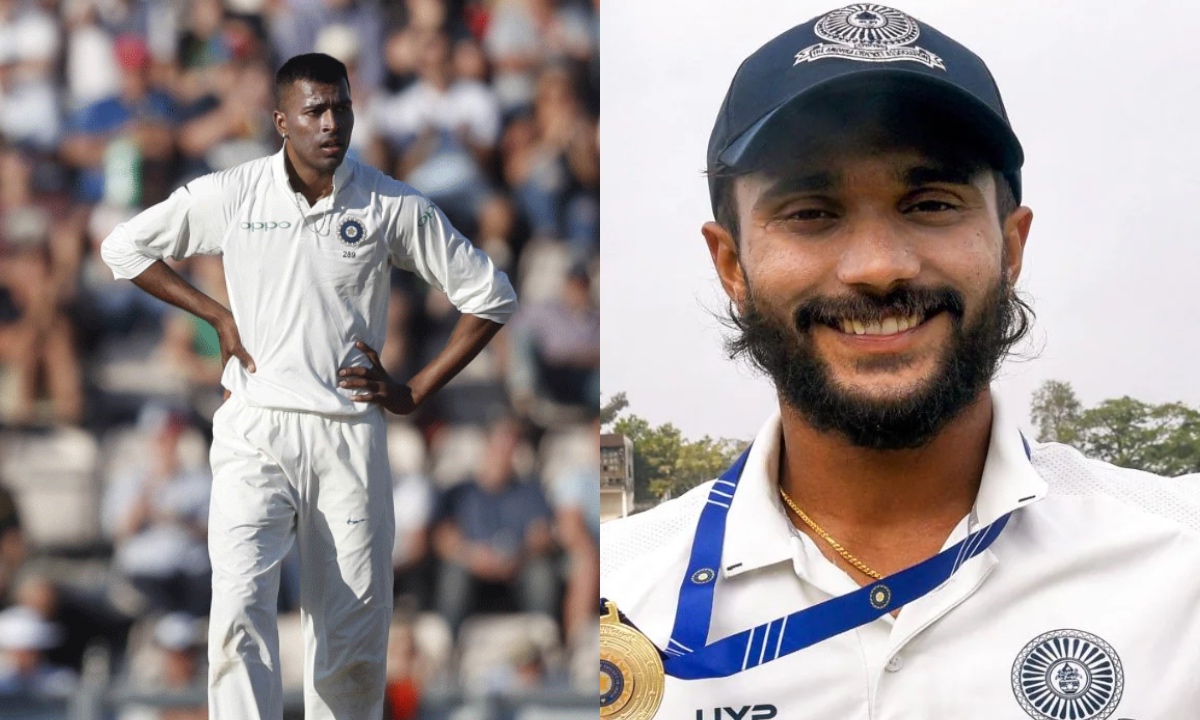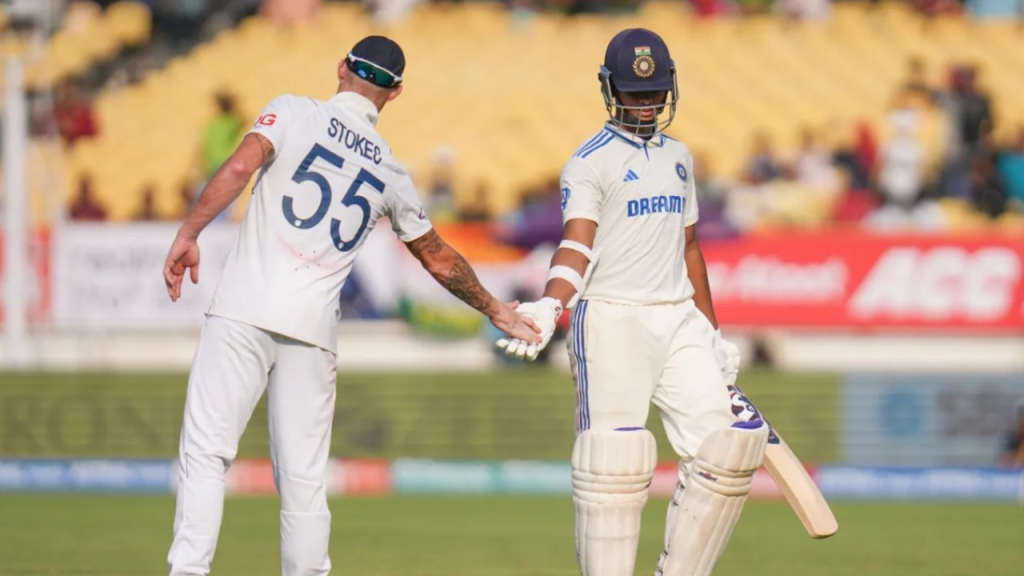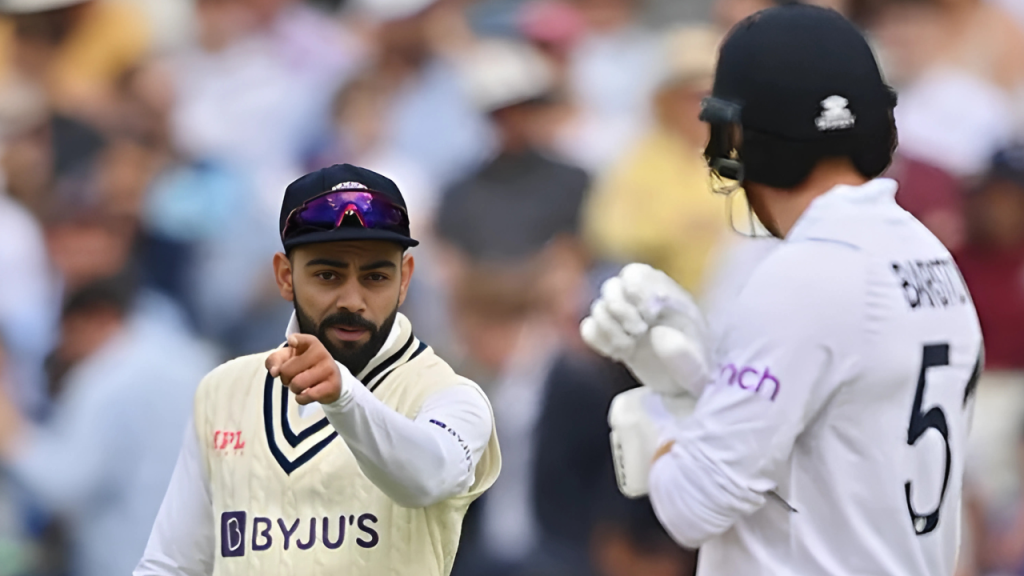In the world of cricket, where all-rounders are as valuable as gold, Nitish Kumar Reddy and Hardik Pandya stand out for their abilities with both bat and ball. While Hardik Pandya has carved out a significant reputation on the international stage, Nitish Kumar Reddy is an emerging talent, particularly in the domestic circuit. This article dives into their first-class cricket statistics to see how they stack up against each other in this longer format of the game.
Nitish Kumar Reddy:

Matches: 26
Innings: 44
Not Outs: 3
Hardik Pandya:
Matches: 29
Innings: 46
Not Outs: 1
Pandya has played slightly more matches and has had more opportunities at the crease. The difference in the number of not-outs suggests that Reddy might have been dismissed more frequently or used in scenarios where he was less likely to be not out, possibly indicating a different role or batting position within the team.
Nitish Kumar Reddy:
Runs: 958
Highest Score: 159
Average: 23.36
Hardik Pandya:
Runs: 1351
Highest Score: 108
Average: 30.02
Hardik Pandya clearly has a higher batting average, which indicates that he has been more consistent in scoring runs. Despite Reddy having a higher individual score with a 159, Pandya’s consistency over a slightly larger sample of innings gives him the edge here. Pandya’s ability to score runs at a higher average reflects his experience and adaptability across different conditions.
Nitish Kumar Reddy:
Strike Rate: 57.02
Boundaries: 111 fours, 22 sixes
Hardik Pandya:
Strike Rate: 56.71
Boundaries: 167 fours, 24 sixes
Both players have similar strike rates, showcasing their ability to score at a brisk pace in first-class cricket, which is expected from modern all-rounders. However, Pandya has hit more boundaries, suggesting a more aggressive approach or perhaps batting in situations where he needed to accelerate. Reddy’s numbers are impressive for someone still on the rise, but Pandya’s experience in hitting more boundaries stands out.
Nitish Kumar Reddy:
Centuries: 1
Half-Centuries: 2
Hardik Pandya:
Centuries: 1
Half-Centuries: 10
Pandya’s tally of half-centuries significantly overshadows Reddy’s, indicating a higher frequency of substantial contributions in innings. While Reddy has shown the capability to score big, Pandya’s ten half-centuries versus Reddy’s two highlight his consistency in reaching scores that could turn matches. This aspect of Pandya’s game is what often makes him an asset in longer formats.
Both players have taken 14 catches each. This shows that both are competent fielders, although the number of catches can be influenced by many variables including fielding positions, match situations, and the number of balls faced by their team while they were in the field.
Their Roles –
Hardik Pandya has often been used as a lower-middle order batsman in first-class cricket, where his role involves both stabilizing the innings and accelerating when needed. His experience in international cricket, particularly in ODIs and T20Is, has honed his skills in pacing an innings, which reflects in his first-class numbers.
Nitish Kumar Reddy, coming up through the domestic ranks, might have been utilized in various batting positions, possibly more as an opener or in the top order in some matches, which could explain his occasionally lower average due to facing new ball challenges more often. His significant score of 159 shows he has the capacity for big innings, but his journey to consistent performances is still in progress.
Contextualizing Their Stats –
Experience: Pandya’s numbers are bolstered by his experience at the highest level, whereas Reddy is still building his career. Reddy’s stats are promising for his age and experience level, showing potential for growth.
Role in Team: Pandya has often been the go-to all-rounder for India, which has given him match experience in crucial situations. Reddy, on the other hand, might not always bat in scenarios where he can maximize his impact, affecting his average and innings stability.
Evolution of Game: Pandya’s career has seen him evolve from a bowler who could bat to a genuine all-rounder. Reddy’s development in this regard is still to be fully realized, especially in the first-class arena.
When comparing Nitish Kumar Reddy and Hardik Pandya in first-class cricket, Hardik Pandya holds a clear advantage in terms of consistency, with a higher average, more half-centuries, and a slightly better strike rate considering the number of matches and innings played. However, Reddy shows significant promise, particularly with his highest score and strike rate, which are not far behind Pandya’s.
Reddy’s career is at an earlier stage, and his stats indicate someone on an upward trajectory. If he can convert his potential into consistent performances, he might challenge or even surpass Pandya’s first-class records in the future. For now, in terms of raw stats and proven performance in the red-ball format, Hardik Pandya has the better first-class cricket resume. Nevertheless, watching Nitish Kumar Reddy’s progression will be intriguing, as he might just redefine what an Indian all-rounder can achieve in all formats of the game.





